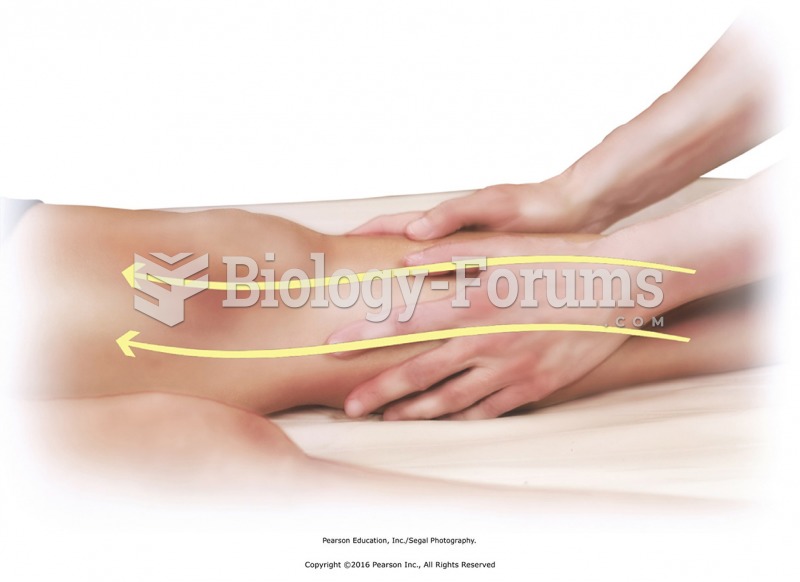|
|
|
An identified risk factor for osteoporosis is the intake of excessive amounts of vitamin A. Dietary intake of approximately double the recommended daily amount of vitamin A, by women, has been shown to reduce bone mineral density and increase the chances for hip fractures compared with women who consumed the recommended daily amount (or less) of vitamin A.
In ancient Rome, many of the richer people in the population had lead-induced gout. The reason for this is unclear. Lead poisoning has also been linked to madness.
This year, an estimated 1.4 million Americans will have a new or recurrent heart attack.
After a vasectomy, it takes about 12 ejaculations to clear out sperm that were already beyond the blocked area.
About 100 new prescription or over-the-counter drugs come into the U.S. market every year.







